Analysis Tasks – AutoTire
- Lateral Slip
- Longitudinal Slip
- Combined Slip
- Vertical Load
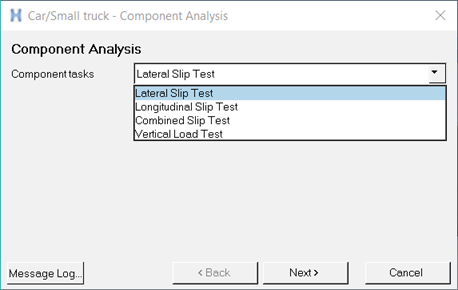
Figure 1. Events for Tire Testing
Lateral Slip Test
The objective of this test is to run the tire under different vertical loads and camber angles with varying slip angles. The cross plot of the Lateral force vs Slip angles and Aligning moment vs Slip angles provide a good indication of the tires performance.
- The tire travels at a constant longitudinal velocity. The Rig body has an initial velocity, which is maintained by an imposed motion. You can edit this velocity in the forms available in the event.
- The tire rolls freely on the road.
- Two load cases are run sequentially:
- Different vertical loads – with slip angle sweep
- Different camber angles – with slip angle sweep
- You can add as many vertical load values and camber angle values for the two
cases by editing the appropriate load case tables in the Analysis System
Forms.
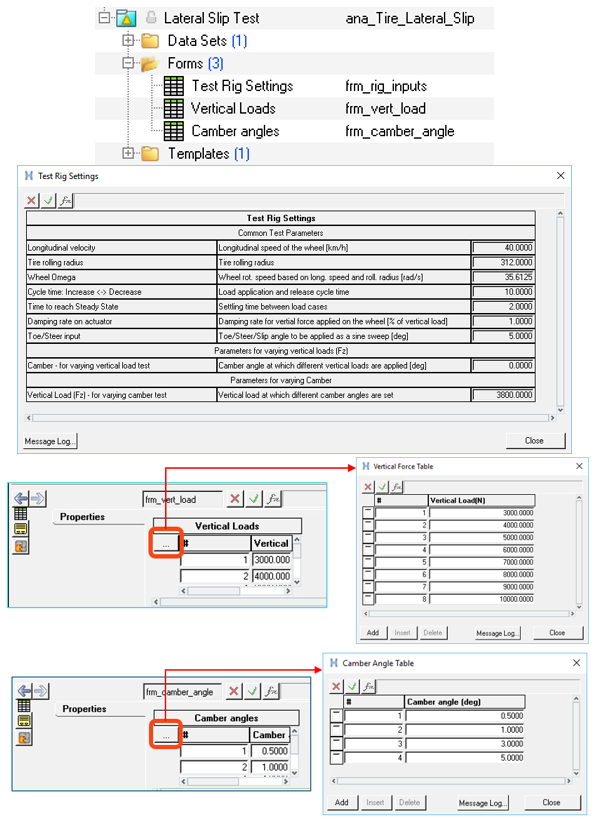
Figure 2. Lateral Slip Test: Set up Forms
Longitudinal Slip Test
This test shows the longitudinal force variation as a function of longitudinal slip.
- The tire travels at an initial longitudinal velocity.
- After steady state, slip is induced by the imposed motion on the tire
hub.
- The motion on the hub is sinusoidally increased and decreased by the Longitudinal Slip Amplitude value specified.
- The test is run for different vertical loads.
- You may add as many vertical load values as needed using the Forms.
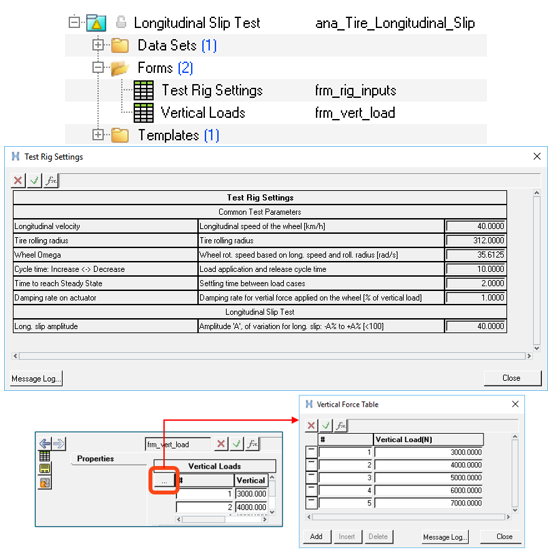
Figure 3. Longitudinal Slip Test: Set up Forms
Combined Slip Test
In the combined slip test, slip values in two directions are applied simultaneously: Lateral and Longitudinal. This test helps in evaluating the limits of the tire model under test in events where it is subjected to multi-directional forces like cornering + braking.
- The tire travels at a constant longitudinal velocity.
- The tire is also assigned an equivalent rotational motion.
- After steady state:
- A Constant lateral slip is induced.
- Longitudinal slip is varied sinusoidally by manipulating the tire's rotational velocity using a motion.
- This is repeated for different lateral slip values as specified.
- You may add as many slip values as desired and also adjust the longitudinal
slip variations.
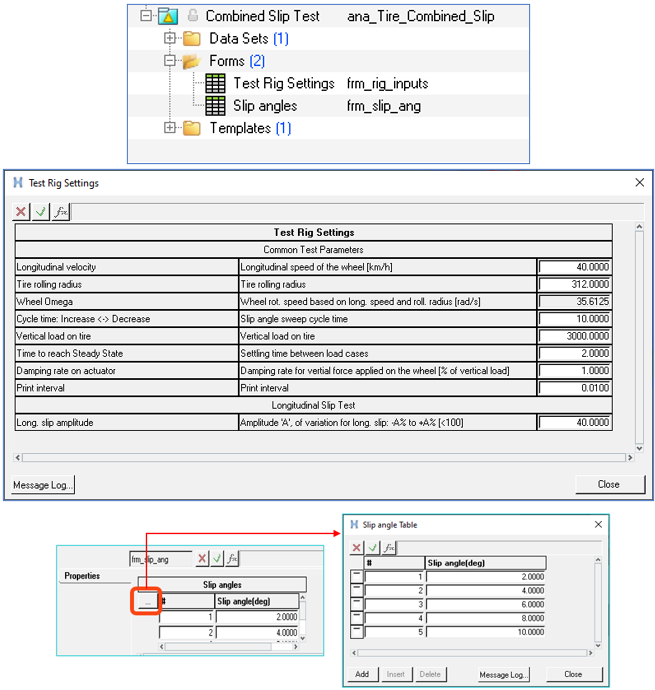
Figure 4. Combined Slip Test: Set up Forms
Vertical Load Test
The main objective of this test is to validate the vertical stiffness of the tire. The load as specified is applied and released. The slope of the Vertical Force vs Wheel center displacement is the vertical stiffness of the tire under test.
- The tire travels at a constant longitudinal velocity.
- The tire rolls freely on the road.
- A specified vertical load is applied and released in a cycle.
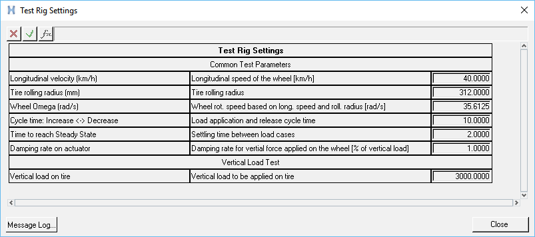
Figure 5. Vertical Load Test: Set up Form